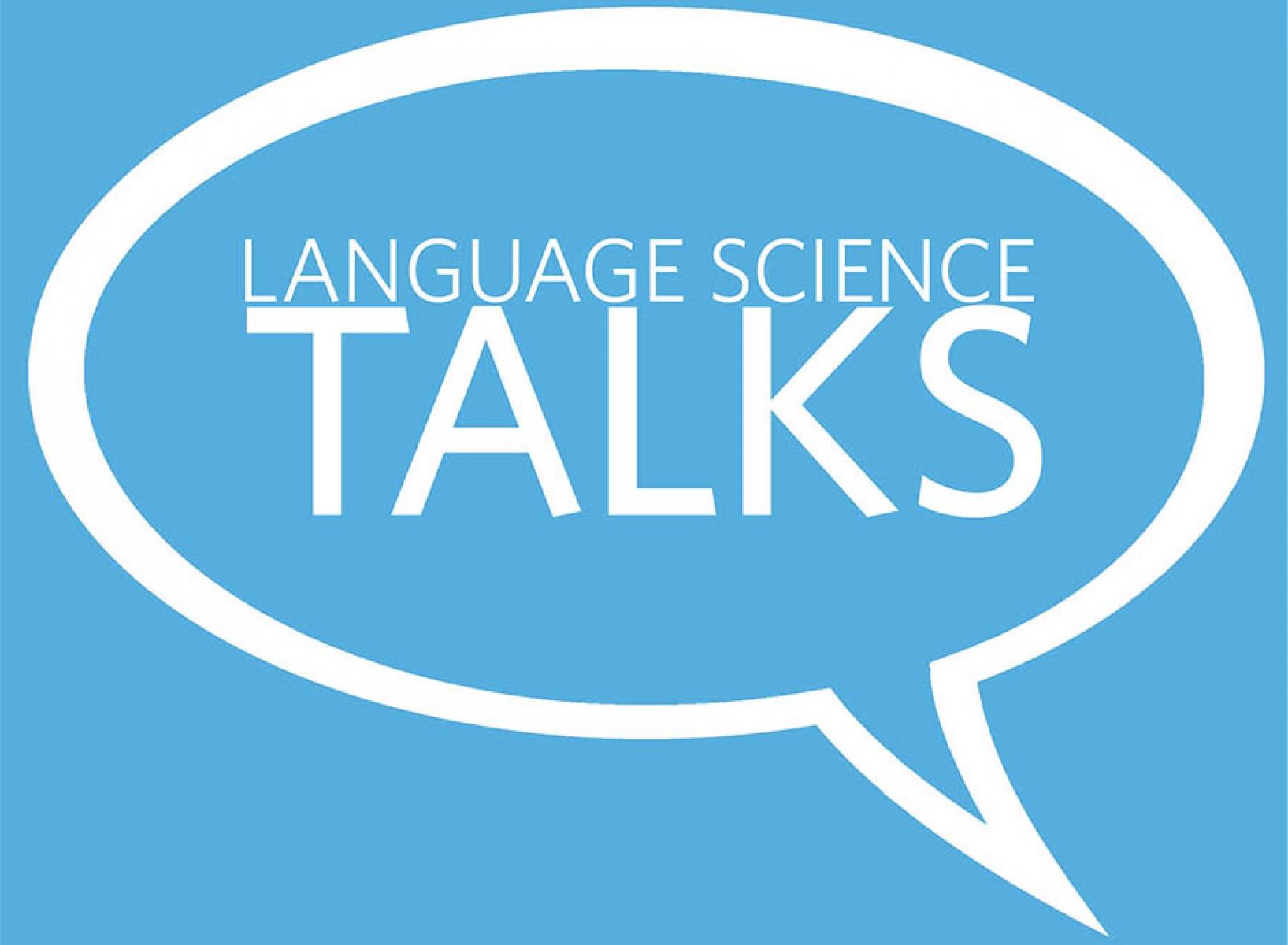Language Sciences Talks - Dr. Xiuhong Tong on "The Neural Correlates of Statistical Learning of Orthographic Regularities in Chinese Children"
June 16, 2023, 1:00 pm to 2:00 pm
Join us at Kenny 4001, Douglas T. Kenny building on Friday, June 16, 2023, from 1:00-2:00 pm for the next Language Science Talk featuring Dr. Xiuhong Tong, Department of Psychology, The Education University of Hong Kong. This event will be hybrid.
Registration for this event is required as a light lunch will be provided for in-person attendees and numbers are needed for catering. Please RSVP using the button below.
Please use the Zoom details below to attend virtually:
Zoom Link: https://ubc.zoom.us/j/61711637285?pwd=QkFHUU1ZcDA5Z3BYODRIY21jbHIxZz09
Meeting ID: 617 1163 7285
Passcode: 750462
Title: The Neural Correlates of Statistical Learning of Orthographic Regularities in Chinese Children
Abstract:
A growing body of theoretical and empirical research suggests that statistical learning, i.e., the ability to detect structural and statistical properties (e.g., frequency and variability) of visual or auditory inputs, is a potential mechanism underlying orthographic learning, which is the process of acquiring knowledge of the spelling of words in a language. However, most of these previous studies employed a behavioral methodology that focused primarily on the existence of statistical learning without addressing the questions of when and where statistical learning of orthographic regularities occurs and whether the learning process is driven by a single component or a multicomponent system. In this talk, I will present two studies examining:1) the neural signatures of statistical learning of positional and semantic regularities of Chinese characters; and 2) the developmental trajectories of statistical learning of positional and semantic regularities.
The results support the multicomponent model that the statistical learning mechanisms involve two systems: an unconscious learning process attributed to neural adaptation in N170, and an explicit learning mechanism based on the attentional control in P1 and P300. Furthermore, these learning mechanisms observed in Chinese school-aged children may be related to the recognition and extraction of different representations in the early stage of statistical learning (P1 and N170), while the P300 and N400 components may reflect semantic classification in the late stage. The nonsignificant interaction between grade and positional consistency but the significant interaction between semantic consistency and grade suggest that developmental pattern of statistical learning might be modality related.
Speaker Bio:
Dr. Xiuhong Tong is a development psychologist and neuroscientist, visiting UBC from The Education University of Hong Kong. She received her Ph.D. degree in the Department of Psychology from the Chinese University of Hong Kong (CUHK) in 2013. Xiuhong then completed her postdoctoral training at CUHK in 2016. She worked as a research professor at Hangzhou Normal University from 2016-2017. Using the electroencephalogram (EEG), event-related potential (ERP), eye-tracking and other behavioral approaches, her research aims to understand the mechanisms underlying language processing and learning and identify cognitive, linguistic and social-emotional factors that influence reading development in children with and without reading difficulties in both first language (L1) and second language (L2). She has authored or co-authored nearly 50 journal articles and 3 book chapters.
